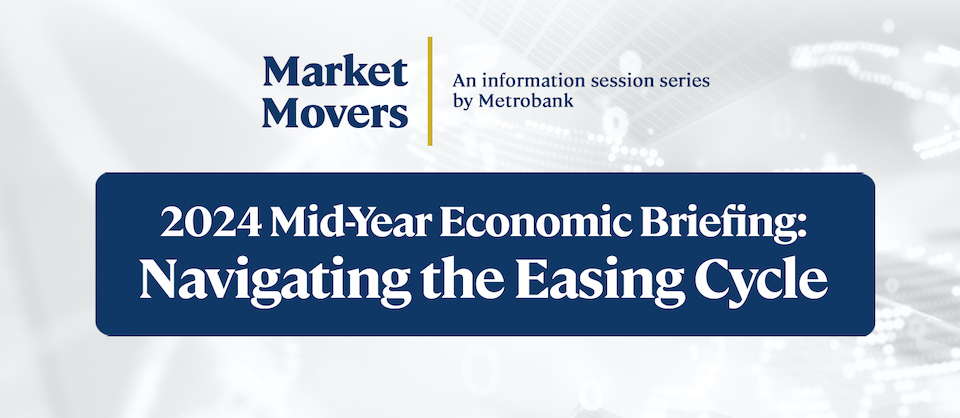How leaders can supercharge their minds
Some of the most accomplished and wealthy individuals in the world meditate. They find something in it that helps them perform at their peak. Should you include it in your daily routine?

What do Microsoft founder Bill Gates, Huffington Post CEO Ariana Huffington, and NBA championship coach Phil Jackson have in common? Add to the list Twitter CEO Jack Dorsey, billionaire hedge fund manager Ray Dalio, and Linkedin CEO Jeff Weiner. Aside from being wildly successful in their respective fields, all these leaders practice meditation.
The science about the benefits of meditation is clear and irrefutable. These benefits can be explained by neuroplasticity, which is the brain’s ability to change in response to experiences. Neurons and neural pathways can rearrange and reorganize themselves during learning, growth or even adapt to an injury. Studies show that meditation thickens the brain’s pre-frontal cortex, which is the executive part of the brain in charge of decision making, analytical thinking, and other higher order functions.
Meditation trains the mind to be in the present moment and see reality clearly as it is. It teaches the mind to respond, rather than react, to what happens around us. So instead of being tossed around by life, chasing pleasures, and escaping pain, we cultivate clear comprehension to live more meaningful lives. For business leaders, it helps us to live life with intentionality of purpose.
“For me, it has nothing to do with faith or mysticism. It’s about taking a few minutes out of my day, learning how to pay attention to the thoughts in my head, and getting a little bit of distance from them,” writes Bill Gates.
How can you start your own meditation practice?
- Decide on a place and time to meditate. Choose a quiet spot in your home or office where you will not be disturbed for a few minutes. There are no special materials or equipment needed. You don’t need to light an incense or ring any bells. Your meditation time can be in the morning as soon as you wake up or at night before you go to bed.
- Start with five minutes of meditation and build your practice. You can start with five minutes of meditation if that’s all the time you have. It’s not so much the duration as it is the regularity of practice. Build it up to 10 minutes and eventually, longer.
- Sit down and focus on your breath. There are different anchors for meditation (like body sensations, sounds) as well as postures (such as standing, walking, lying down). For starters, you may consider beginning with sitting and focusing on the breath. Sit with your spine straight but not rigid. You can either close your eyes or keep them open with a soft gaze. Relax the body and begin your practice. Dr. Tamara Russell, in her book #WhatisMindfulness suggests the following steps:
a. Set your intention to attend to the sensations of the breath.
b. As best you can, maintain the focus of your attention on breathing, observing the air moving in and out of the body. This may be through the rise and fall of the belly or the chest, or the air going through the nostrils.
c. If your mind wanders (which it will, usually just after a few seconds), note the distraction.
d. Re-focus the attention on the breath. It’s ok to begin again and again.
- Try to incorporate mindfulness in your daily life. Try to do some tasks in a mindful way. For example, when you eat, just eat (not watching TV or using your phone). Start your next meeting with five mindful breaths to allow you to “arrive” in the meeting. Avoid multi-tasking.
Meditation is a practice to discipline the mind to observe what is happening as it is happening with curiosity and friendliness. Science has proven its efficacy in cultivating awareness, clarity, focus, kindness and so much more to make one a more effective leader. Successful CEOs swear by its value in their daily lives. Isn’t it about time that you try it?
JUDY CAPILI is the HR Business Partner Lead for Financial Markets and Institutional Banking. She is a Certified Mindfulness Teacher (CMT-P) accredited by the International Mindfulness Teachers Association (IMTA), having completed her teacher training from Engaged Mindfulness Institute (EMI). She leads Metrobank’s weekly Mindful Moments, a 30-minute drop-in meditation and reflection session for employees who need to de-stress over their lunch period.







 DOWNLOAD
DOWNLOAD




 By Judy Capili
By Judy Capili